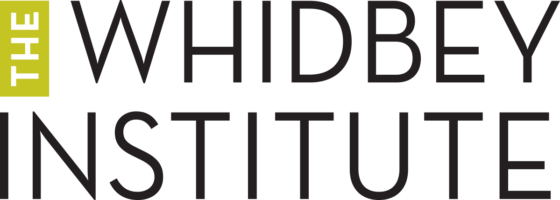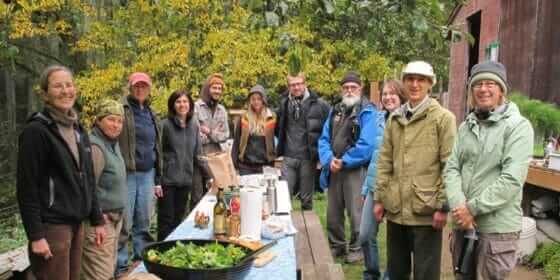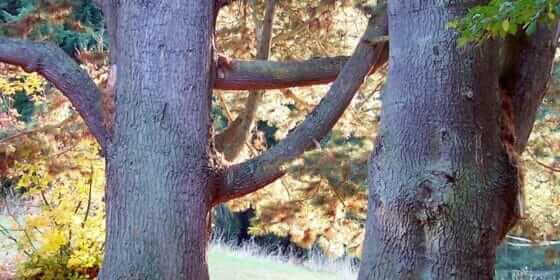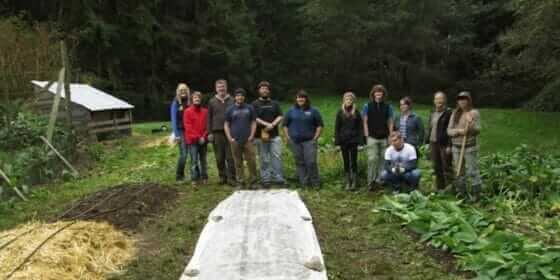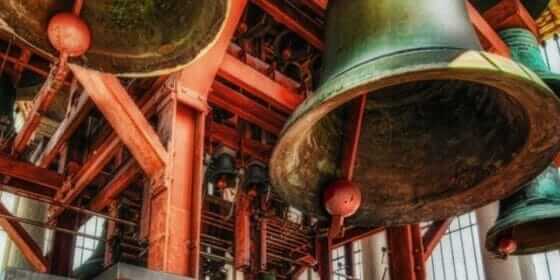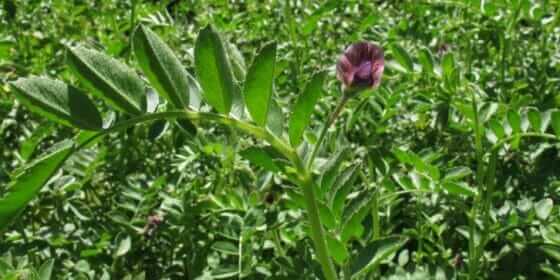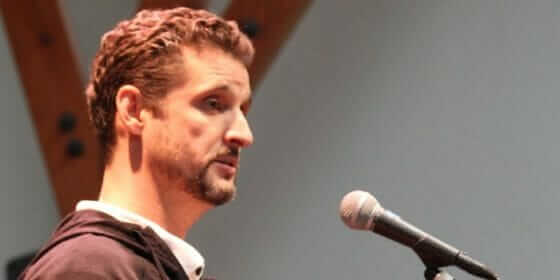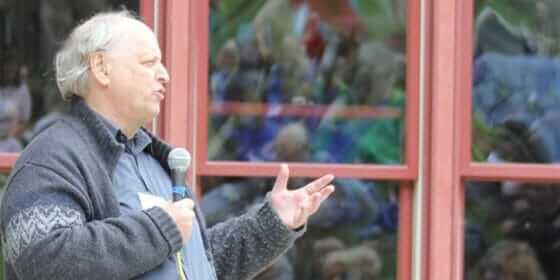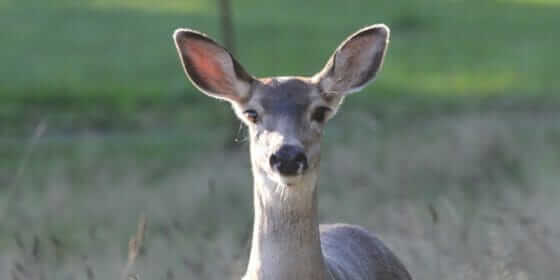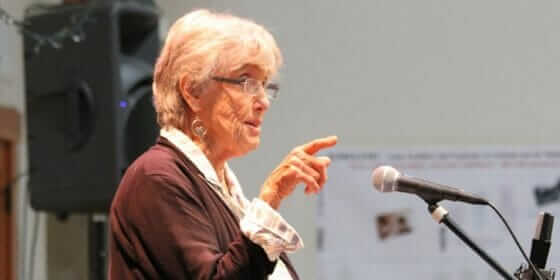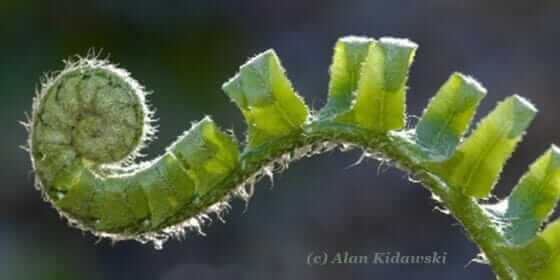Summer’s End
We’ve had a fantastic summer.
The Westgarden has been a huge success this year, offering us hundreds of pounds of produce for the South Whidbey community. About a third of our produce (fresh, local, and organically grown!) went straight to the Good Cheer Food Bank, improving access to quality, healthy foods. Additionally, every group that came to the Whidbey Institute for a conference, festival, or gathering had produce from the Westgarden in their meals. Fresh vegetables and fruits also went toward feeding volunteers at our work parties and during service learning classes.
We grew a great variety of vegetables and fruits, and they produced abundantly with the love and care of our volunteers. Along with a new beehive, a new chicken coop and flock of chicks, and some greenhouse renovations, the garden is looking better than ever.
Here are a few highlights of the year:
Many, many beds were flipped and repaired . . .
Hundreds of seeds and starts were planted . . .
Many hours were spent tending and weeding . . .
And we were rewarded with a beautiful, bountiful harvest.

Our biggest tomato this year weighed a whole pound!
Our deep and heartfelt appreciation to everyone who made this year possible.
